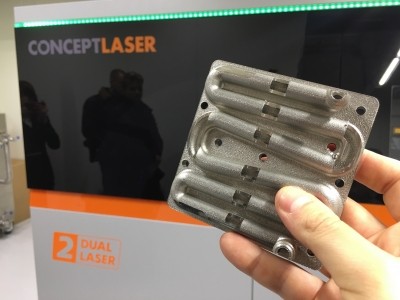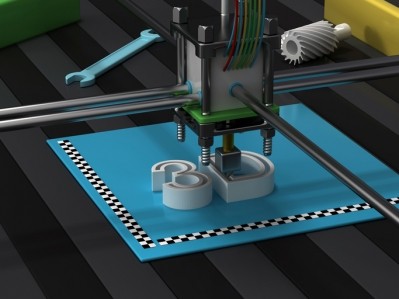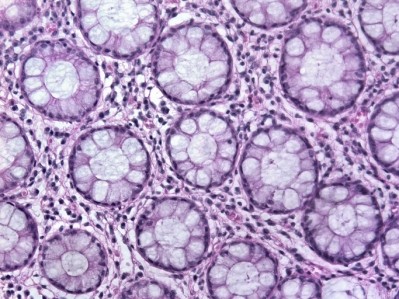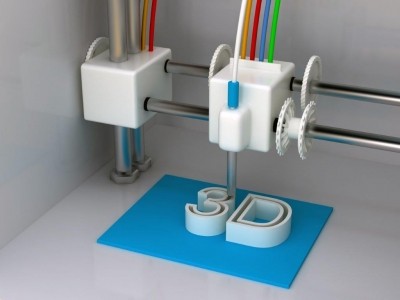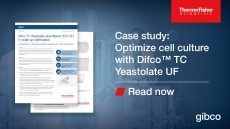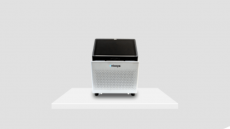Two component ‘bio-ink’ could help advance 3D printing of tissues
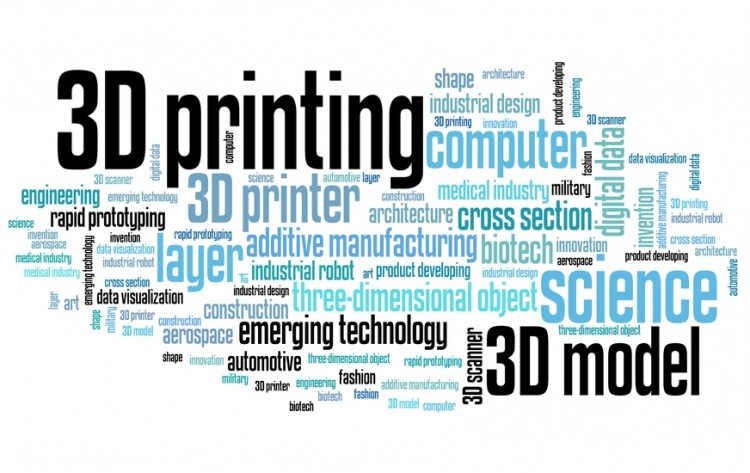
The University of Bristol team say they have paired two different polymers along with stem cells into the bio-ink, which have improved its suitability for printing surgical implants and other tissues used to treat diseases.
The team has already started using the bio-ink to carry stem cells that were encourage to develop into bone and cartilage cells, creating structures including a full-sized tracheal cartilage ring, a nose and an ear.
3D printing of living cells in a supporting scaffold has been held up for years as a potential means of replacing worn out or malfunctioning tissues and organs, but it has proved challenging to find bio-inks that are compatible with both 3D printing technologies and tissue engineering.
The new bio-ink contains two different polymer components. The first is a natural alginate polymer extracted from seaweed, which has already been used for bio-printing but has limitations – in practice it can only be used as a scaffold for simple structures as it is not mechanically very strong.
The scientists solved this issue by adding a second synthetic polymer called Pluronic F127, which causes the bio-ink to change from liquid to solid when the temperature is raised.
The F127 polymer is known as a ‘sacrificial’ component – it is expelled while the polymers are cross-linked to each other and form the printed structure – leaving pore-like holes in the structure which can help to create a good environment for nutrients and cell growth.
This double-polymer approach also enhanced a property known as shear thinning – which directly affects the performance of the resulting 3D-printed structure - as well as upgrading the mechanical properties of the ink.
Describing the design of new bio-inks as “challenging,” lead researcher Adam Perriman of Bristol University’s School of Cellular and Molecular Medicine, said: “You need a material that is printable, strong enough to maintain its shape when immersed in nutrients, and that is not harmful to the cells.”
“We managed to do this, but there was a lot of trial and error before we cracked the final formulation,” he added.
The bio-ink could eventually lead to the ability to print complex tissues using the patient’s own stem cells for surgical bone or cartilage implants, which in turn could be used in knee and hip surgeries, according to Perriman.
The research is published in the journal Advanced Healthcare Materials.
